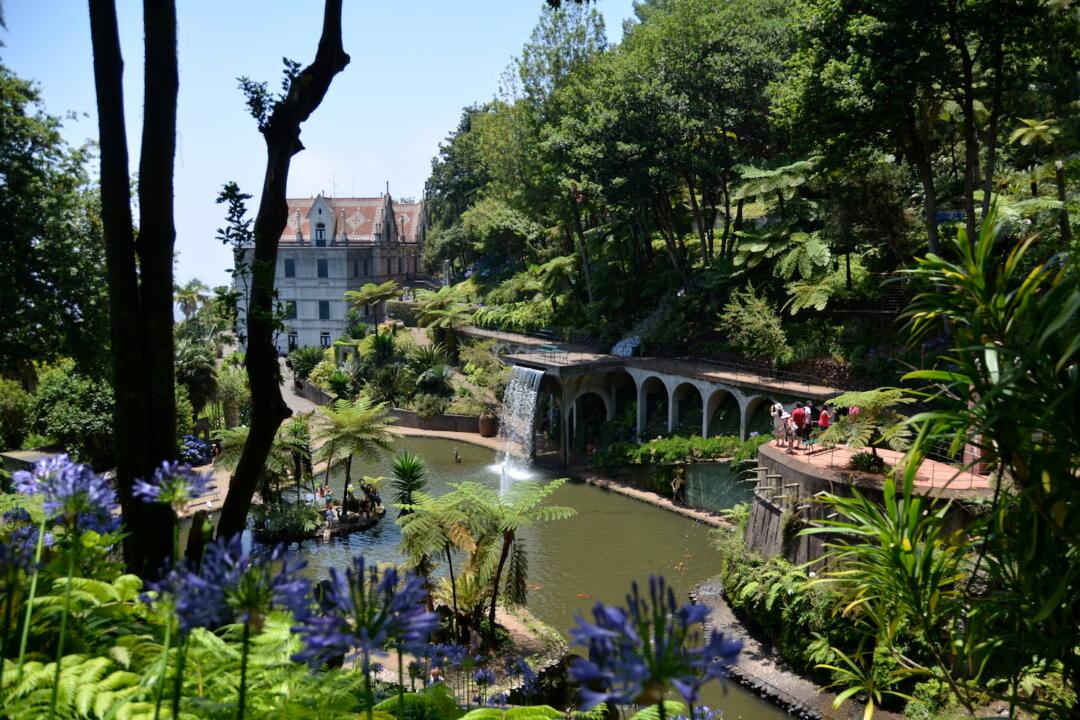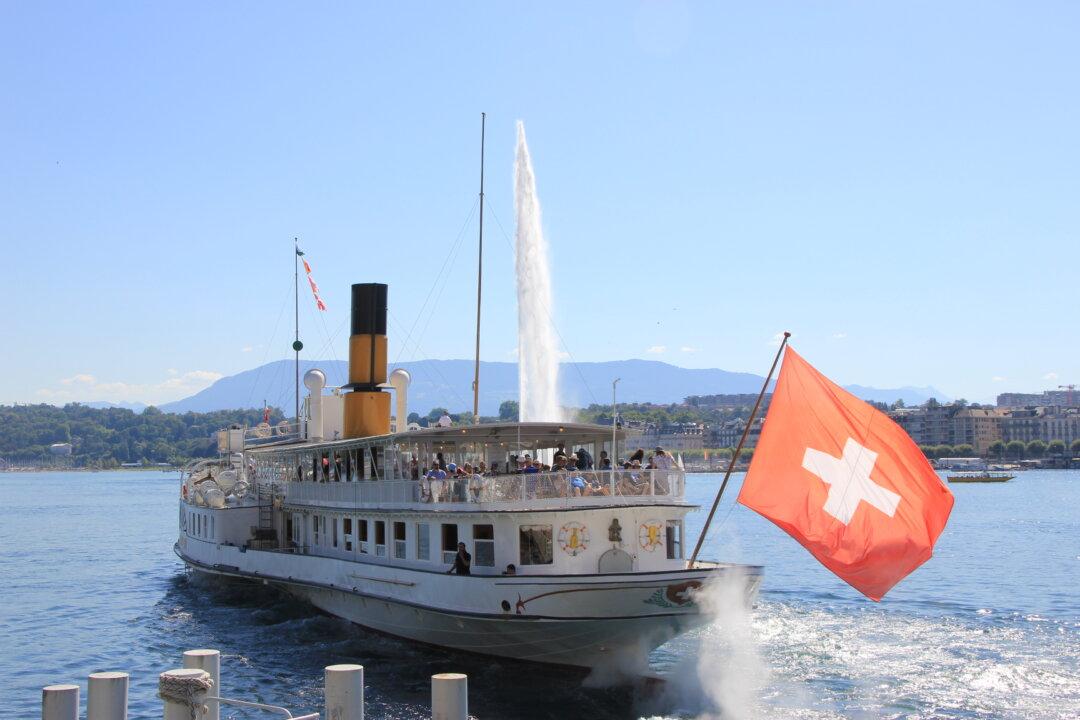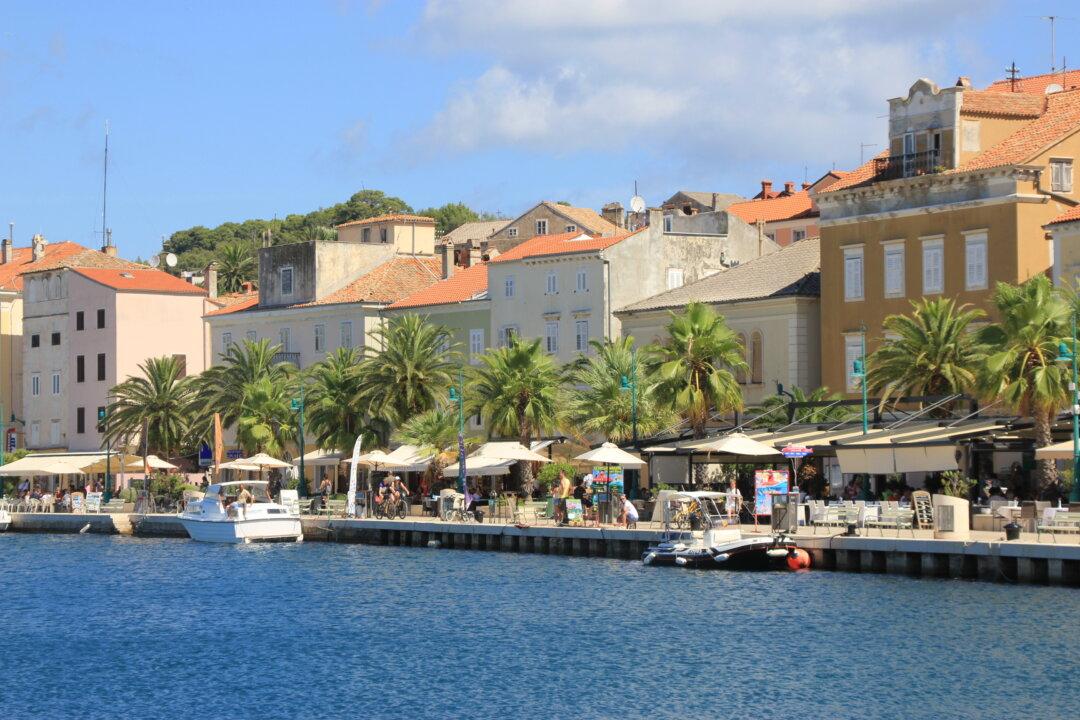It’s 6:45 a.m., pitch dark, eerily quiet, and I’m still half-asleep as I carefully follow my guide on a stony trail on the side of Pico do Arieiro, Madeira’s third-highest mountain.
We lay down the blanket, pour a much-needed coffee and then we wait. And wait. And wait. Suddenly, the birds begin to sing, the sky changes quickly from almost black, to gray, and then to orange. Only a few minutes later, the sun pierces the horizon and rises above the ocean.





